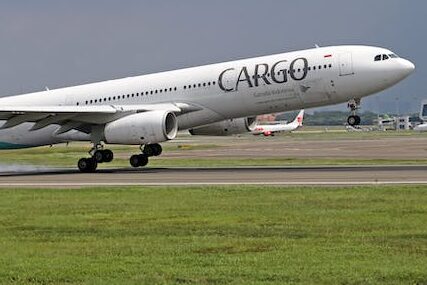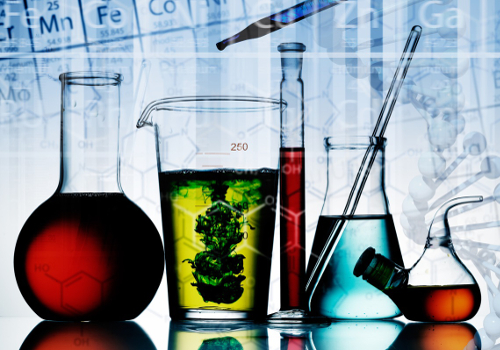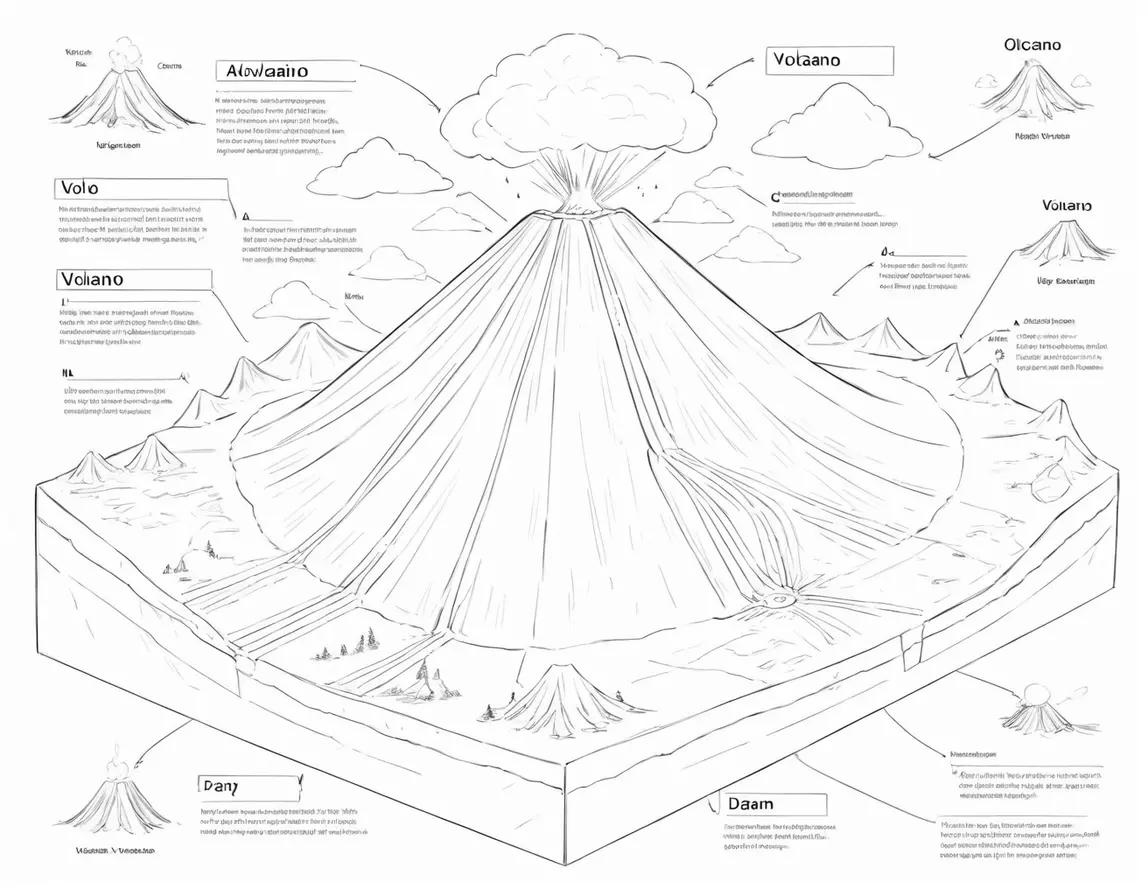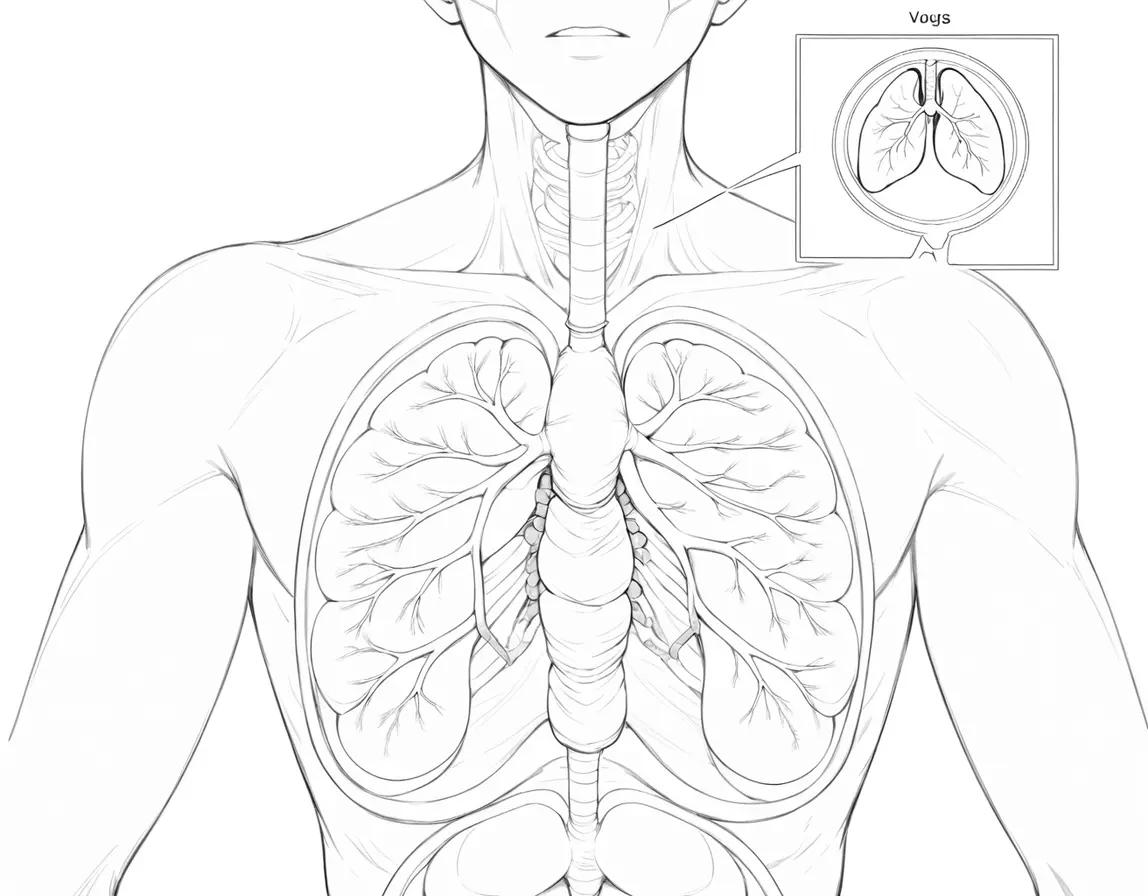
Mechanical movement is a fundamental aspect of transportation, allowing us to traverse the diverse environments of air, land, and water. This exploration delves into the intricacies of mechanical movement in each realm, examining the principles, innovations, and technologies that propel us forward and shape our interconnected world.
1. Mechanical Movement in the Air:
Principles of Flight: The study of airflow around objects is a component of aerodynamics, which governs the field of aviation. Lift, thrust, drag, and gravity are the key forces at play in achieving and maintaining flight.
Fixed-Wing Aircraft: Fixed-wing aircraft, such as airplanes, utilize the shape of their wings and the power of engines to generate lift and thrust. Jet engines, propellers, and various control surfaces enable controlled movement through the air.
Rotary-Wing Aircraft: Helicopters are an example of rotary-wing aircraft, in which rotating blades produce lift. The ability to hover, take off vertically, and navigate tight spaces distinguishes helicopters from fixed-wing counterparts.
Innovations in Aviation: Advancements in aviation technology, including supersonic flight, unmanned aerial vehicles (drones), and electric propulsion systems, continue to redefine our capabilities in the air.
Mechanical Movement on Land:
Wheeled Vehicles: The most common form of mechanical movement on land involves wheeled vehicles. Cars, trucks, bicycles, and trains all rely on wheels to reduce friction and facilitate motion. Internal combustion engines, electric motors, and human power drive these vehicles forward.
Rail Transportation: Trains operate on fixed tracks, utilizing wheels and locomotives to move large masses efficiently. High-speed trains, maglev technology, and innovative rail systems contribute to the evolution of land-based transportation.
Off-Road Vehicles: In off-road environments, specialized vehicles like all-terrain vehicles (ATVs) and off-road trucks employ features such as rugged tires, suspension systems, and powerful engines to navigate challenging terrains.
Emerging Technologies: The integration of artificial intelligence, automation, and sustainable propulsion technologies, such as electric and hydrogen-powered vehicles, is shaping the future of land-based transportation.
Mechanical Movement in Water:
Principles of Naval Architecture: In the aquatic realm, the principles of naval architecture govern the design and propulsion of watercraft. Buoyancy, hydrodynamics, and resistance are crucial factors in achieving efficient and stable movement.
Ships and Boats: Ships and boats utilize a variety of propulsion systems, including propellers, water jets, and sails, to navigate through water. The design of the hull, which impacts buoyancy and stability, is tailored to the specific requirements of the vessel.
Submersibles and Underwater Vehicles: Submarines and underwater drones demonstrate mechanical movement beneath the water’s surface. Propulsion systems, ballast control, and streamlined designs enable controlled movement and exploration in this challenging environment.
Hydrofoil Technology: Hydrofoils, equipped with underwater wings (foils), lift the vessel above the water as speed increases. This technology reduces drag, enhances speed, and provides a smoother ride, revolutionizing hydrodynamic efficiency.
Intermodal Transportation:
Integration of Modes: The concept of intermodal transportation involves seamlessly integrating different modes of mechanical movement for efficient and interconnected travel. Examples include container ships connecting with trains and trucks for global cargo transportation.
Multimodal Hubs: Transportation hubs, such as airports and ports, serve as multimodal centers where air, land, and water transportation converge. Efficient interchanges between modes enhance the overall connectivity of the transportation network.
Challenges and Innovations:
Environmental Impact: Mechanical movement in air, land, and water raises environmental concerns, including air and water pollution, carbon emissions, and habitat disruption. Innovations in sustainable technologies, such as electric vehicles and biofuels, aim to address these challenges.
Autonomous Vehicles: The development of autonomous vehicles, both in the air and on land, introduces transformative possibilities for efficiency, safety, and congestion management. However, ethical considerations, regulatory frameworks, and technological challenges accompany these advancements.
Future Directions: Hyperloop and High-Speed Rail: Hyperloop, a proposed high-speed transportation system using sealed capsules in low-pressure tubes, and advancements in high-speed rail technologies aim to revolutionize long-distance travel on land, offering rapid, energy-efficient alternatives.
Electric Aviation: The exploration of electric propulsion in aviation, including electric aircraft and vertical take-off and landing (VTOL) vehicles, holds promise for reducing carbon footprints in air travel.
Sustainable Shipping: Innovations in sustainable shipping, such as wind-assisted propulsion, emission-free vessels, and optimized routes, strive to make maritime transportation more environmentally friendly and economically viable.
Mechanical movement across air, land, and water is a dynamic and ever-evolving field, shaping the way we connect, trade, and explore our world. From the principles of flight and naval architecture to the integration of emerging technologies and sustainable practices, the landscape of transportation continues to transform.
As we navigate the challenges of environmental impact and work toward more interconnected and sustainable modes of mechanical movement, the future promises a landscape where innovation and efficiency converge to propel us forward responsibly and seamlessly across the diverse realms of air, land, and water.


















